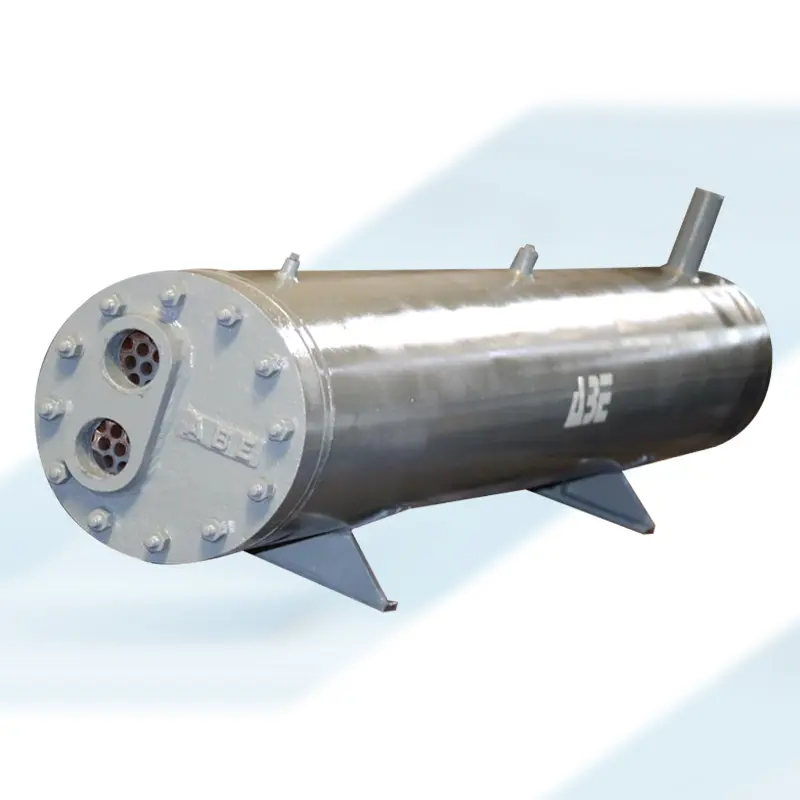
Condenser Coil: Engineered With Premium Quality Material!
Condenser coils are a crucial part of many cooling systems, and you’ll find them in places like refrigerators, air conditioners, and even heat pumps. Their job is to release the heat that the refrigerant has absorbed from inside your fridge or room.
Abe & Hex India Private Limited designs and manufactures these coils using materials such as copper or aluminum. These coils have a serpentine shape, like a bunch of winding tubes. This design maximizes the surface area, making it easier for the heat to escape into the surrounding air.
As leading Condenser Coil Manufacturers in India, we take immense pride in delivering products that have garnered acclaim from customers. At our state-of-the-art facility, we meticulously craft condenser coils using only the finest, premium-grade raw materials sourced from trusted vendors in the market. This ensures that each coil embodies durability, resilience, and optimal heat exchange capabilities.
PRODUCTS GALLERY
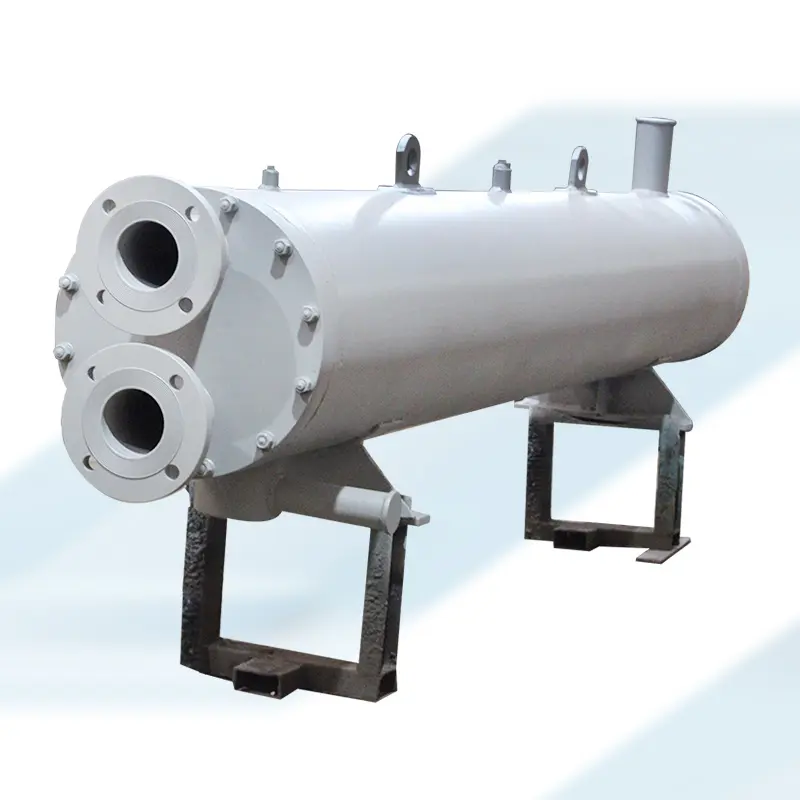
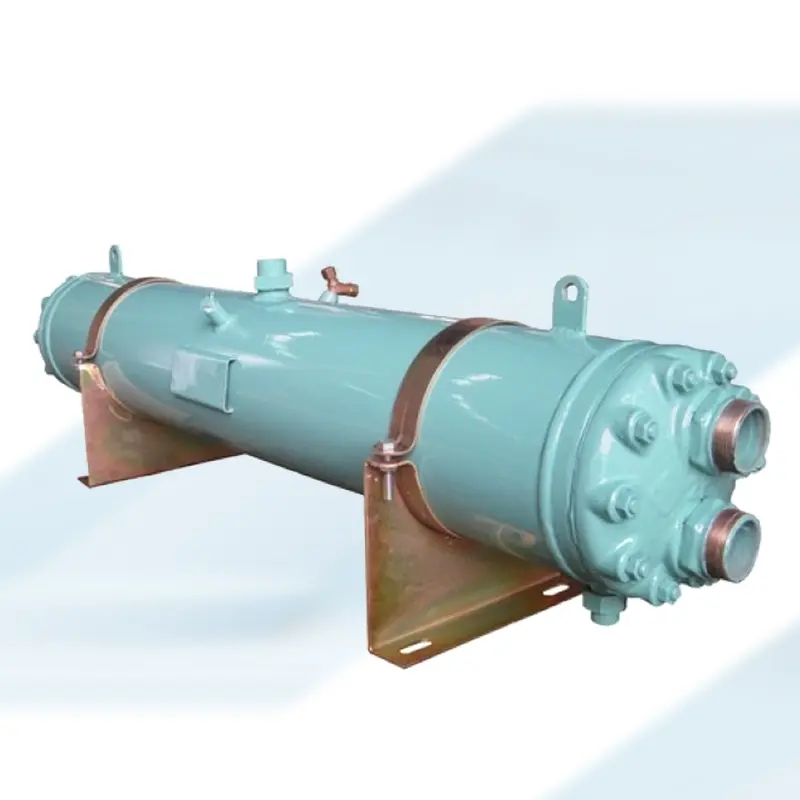
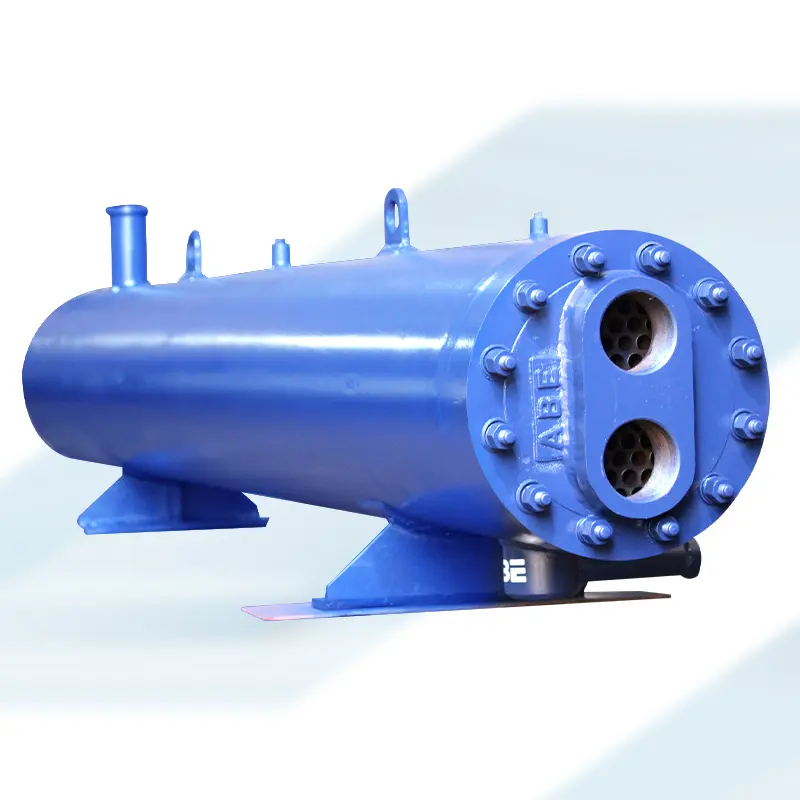
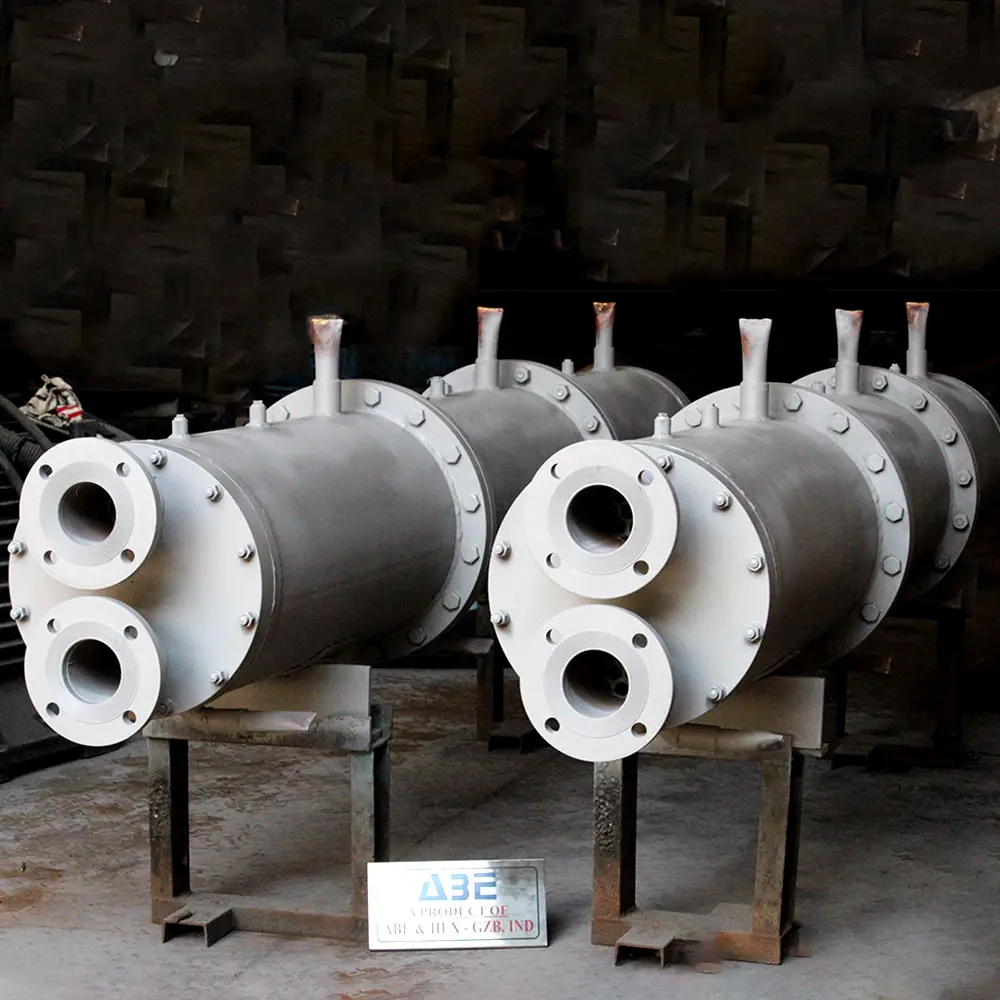
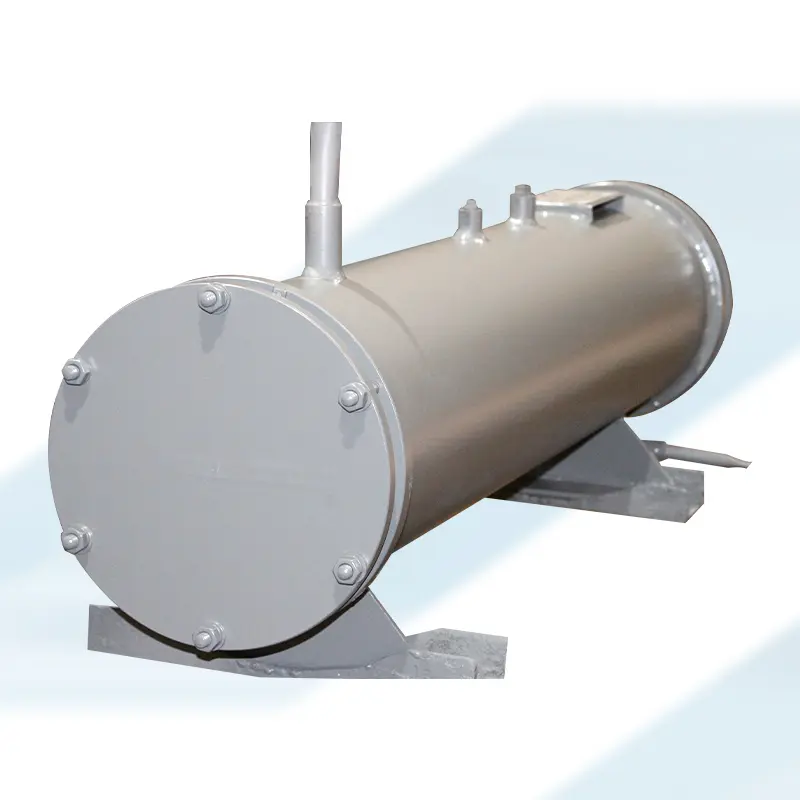
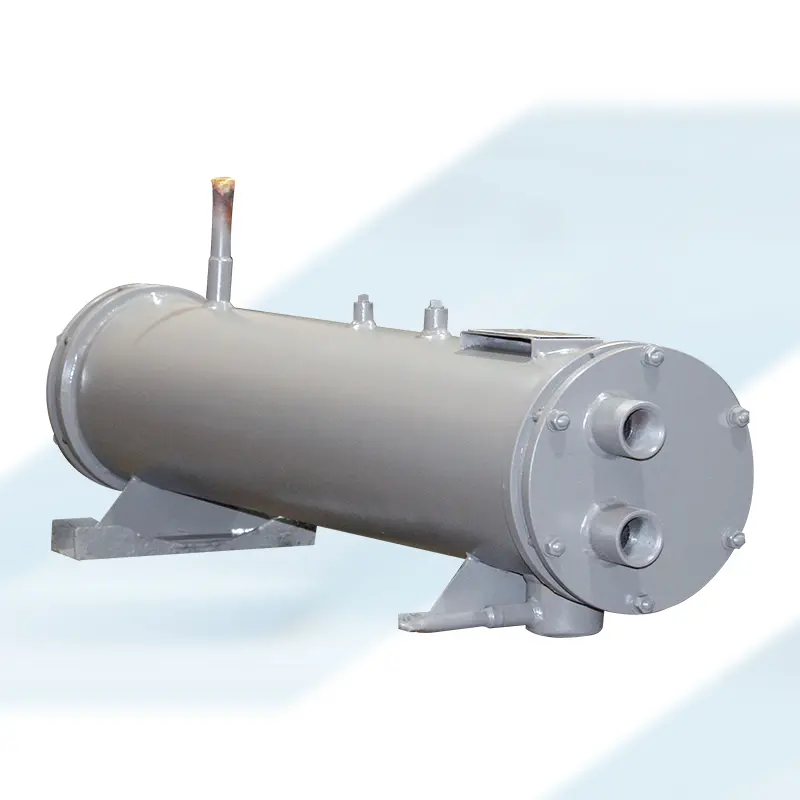

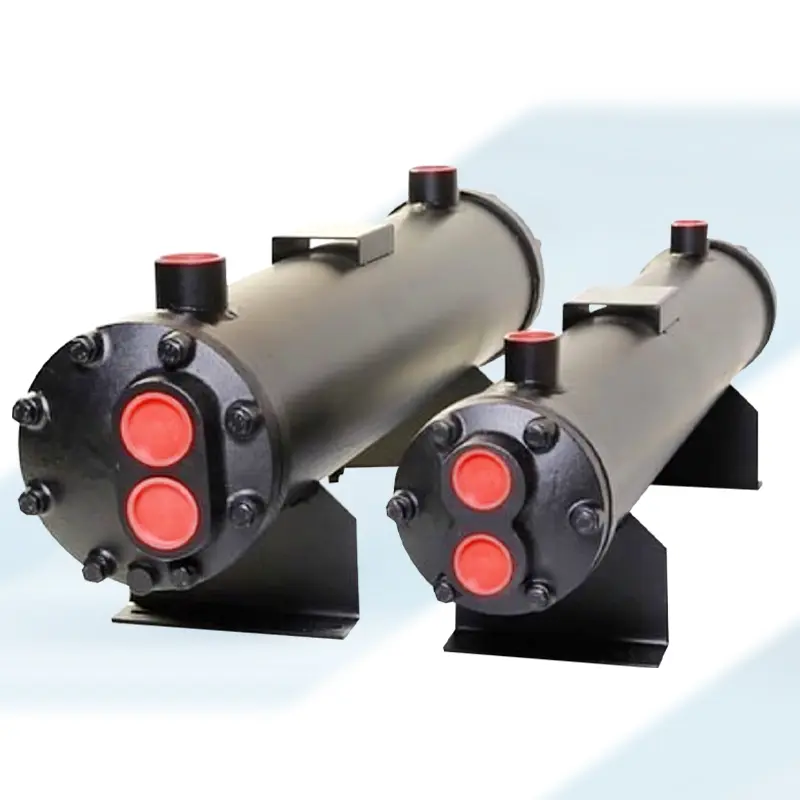
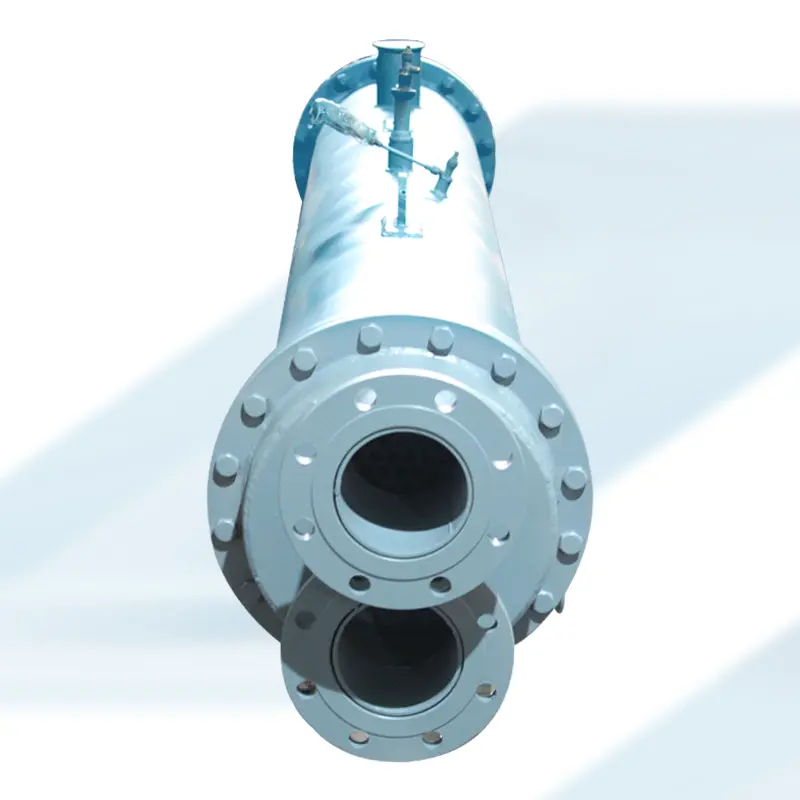
Offering the Competitive Condenser Coil Price in the Market!
Our commitment to excellence extends to adhering strictly to industrial standards, guaranteeing a condenser coil that not only meets but exceeds expectations. Understanding the diverse needs of our valued customers, we offer customization options that allow us to create condenser coils according to your specific requirements. This personalized approach ensures that you receive a product that seamlessly integrates into your unique system, enhancing its overall efficiency and longevity.
Choose a cooling solution from one of the trusted Condenser Coil Suppliers in India that sets the standard for quality and performance. Visit our website to discover about the condenser coil price.

Key Features
- Fin design
- Tube arrangement
- Corrosion-resistant
- Ease of maintenance
- Efficient heat transfer
- Made from materials with good thermal conductivity, such as copper or aluminum.
Applications
- Heat Pumps
- Refrigeration Systems
- Air Conditioning Systems
- Industrial Cooling Systems
- Automobile Air Conditioning
SPECIFICATIONS
It’s important that the condenser’s capacity corresponds to the cooling load of the chiller system, commonly expressed in tons or kilowatts.
Shell and tube condensers present a range of tube designs, such as finned or smooth tubes, which are chosen based on the specific efficiency and heat transfer demands.
The performance of water-cooled condensers is contingent on water quality. It’s vital to keep a close eye on and sustain the caliber of the cooling water to sidestep concerns like scaling or corrosion.
- Shell and Tube Condenser: In this standard condenser design, refrigerant circulates within the tubes, while water passes over them in a shell.
- Plate Heat Exchanger: Plate heat exchangers, known for their efficiency and compact size, are utilized as condensers in some chiller systems.
Look for designs and characteristics that emphasize energy efficiency in order to cut down on operational costs.
The condenser’s dimensions and overall footprint must be compatible with the allotted area in the chiller plant.
Ensure the water-cooled condenser is tailored to support a precise flow rate of cooling water, contingent on the chiller’s capacity and the preferred temperature differential.
Take into account whether the condenser is outfitted with incorporated controls and monitoring mechanisms to promote efficient functioning and timely fault identification.
In specific condenser layouts, fans or pumps may be needed to optimize heat exchange or ensure adequate water flow.
Typically, the condenser is built from materials known for their corrosion resistance, such as copper, aluminum, or stainless steel.
Remember to unfailingly observe the manufacturer’s instructions for installation, operation, and maintenance.
The condenser is equipped with a heat transfer surface area tailored to facilitate the efficient transfer of heat from the refrigerant to the cooling water.
It is imperative to have hassle-free entry to the condenser for upkeep and cleaning to guarantee its sustained efficiency over time.
Guarantee that the condenser is in harmony with the refrigerant type integrated into the chiller system.
Confirm that the condenser aligns with both environmental regulations and safety guidelines.
Featuring specialized entry and exit points, this condenser is designed to facilitate seamless refrigerant circulation, optimizing its cooling capabilities.
This particular condenser is outfitted with inlets and outlets for both the supply and return of cooling water.
